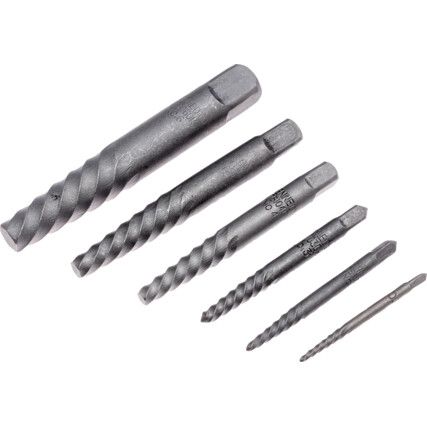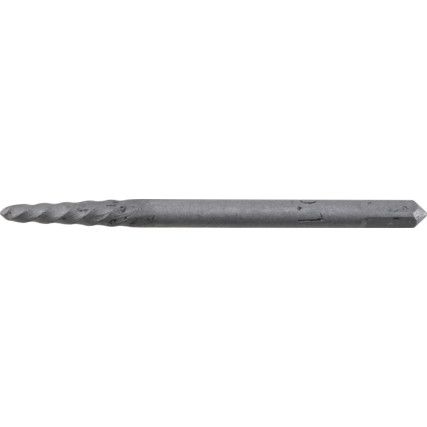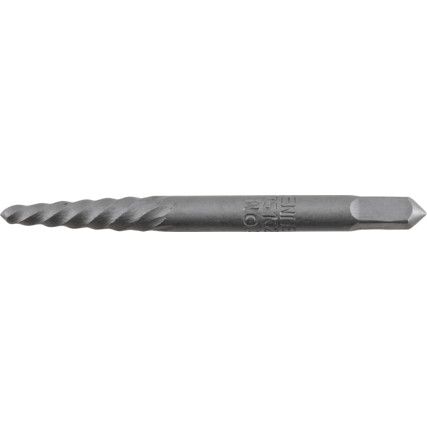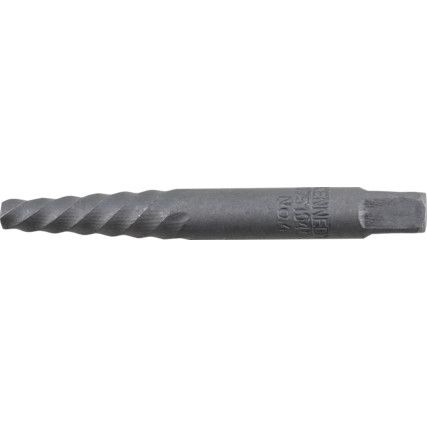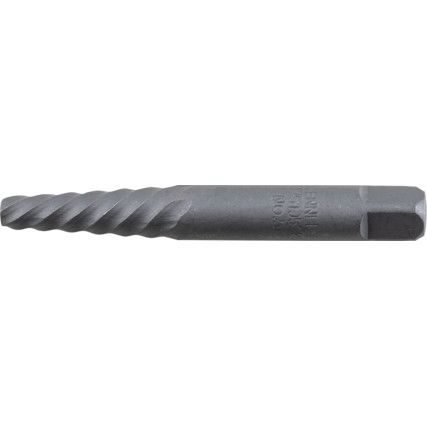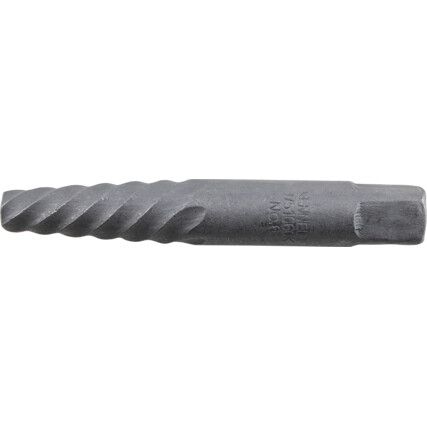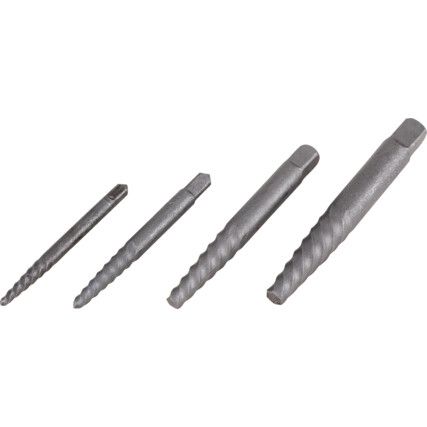Screw Extractors
Browse our wide range of screw extractors and screw extractor sets at Cromwell online. We stock quality made extractors from market-leading brands to high-performance at excellent prices.
Find a variety of sizes and handy sets from brands like Proto® and our own brand Kennedy®.
What are screw extractors?
A screw extractor grips and removes broken or seized screws without causing damage to the wall or the threaded hole the screw is sitting in.
When are screw extractors used?
Fasteners can be subject to a combination of water and air or frequent use with the wrong driver or the incorrect application of force. This can cause a screw to become threaded or stripped, or in some cases where too much force is applied; the head of the screw will snap off. When a screw cannot be removed by normal means, a screw extractor will do the job with ease.
Screw extractor types
There are three types of screw extractors all of which are sized according to the shank diameter of the material to be removed. These are universally numbered between one to six and take into consideration the size of the pilot hole required in order to effectively remove the broken screw. For example, a screw size of 10mm requires a 6mm pilot hole and a Number 3 extractor.
• Spiral flute - The more common variant, spiral flute extractors screw into the pilot hole in the broken screw and are ideal for use on harder metals
• Straight flute - Used widely for soft metal screws like aluminium, this type of extractor is hammered into the drilled pilot hole and bites into the screw, removing it in an anti-clockwise motion
• Turn nut - An addition to the spiral and straight fluted designs, this type features additional sides to the extractor for more points of contact. This variant allows for clockwise and anti-clockwise rotation for removal for a convenient solution in smaller environments
Considerations when choosing a screw extractor
• Screw dimensions - the size of the screw shank to be removed dictates the pilot hole required and thus the size of the extractor needed.
• Manual/powered - the tools you have to work with will dictate whether you require a manual extractor that uses a ratchet head to assist removal or a bit that fits into a power tool.
FAQs
How do screw extractors work?
Screw extractors are essentially an extension of a broken screw, whether the head has been threaded or come away completely. Use involves screwing the correct sized extractor into whatever screw material is left and using that thread to remove the screw. This can be done either manually or with a power tool.
Are screw extractors reusable?
Yes. Just make sure you clean away the chippings and lubricate with oil after each use, and you'll be able to use a screw extractor again and again.

